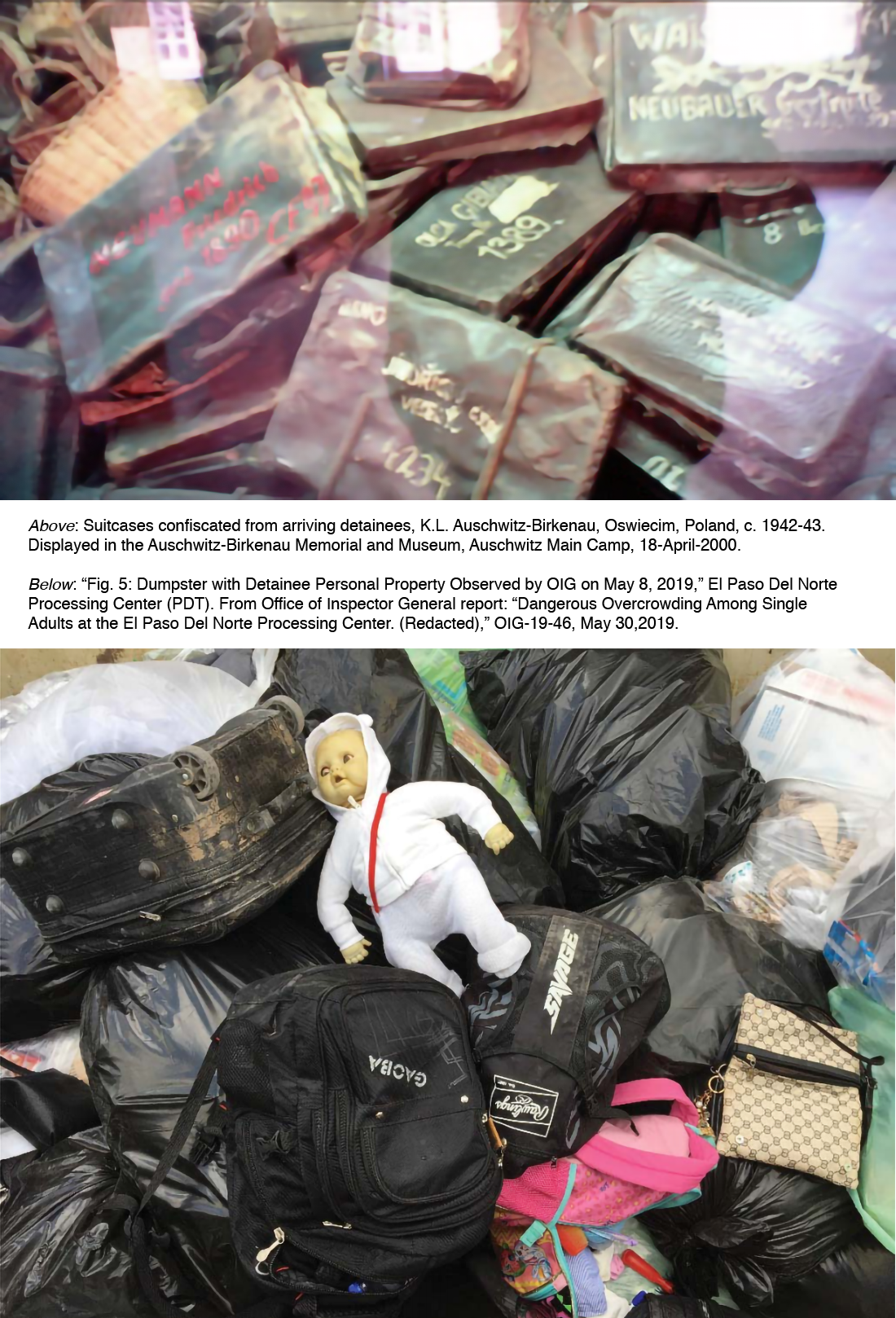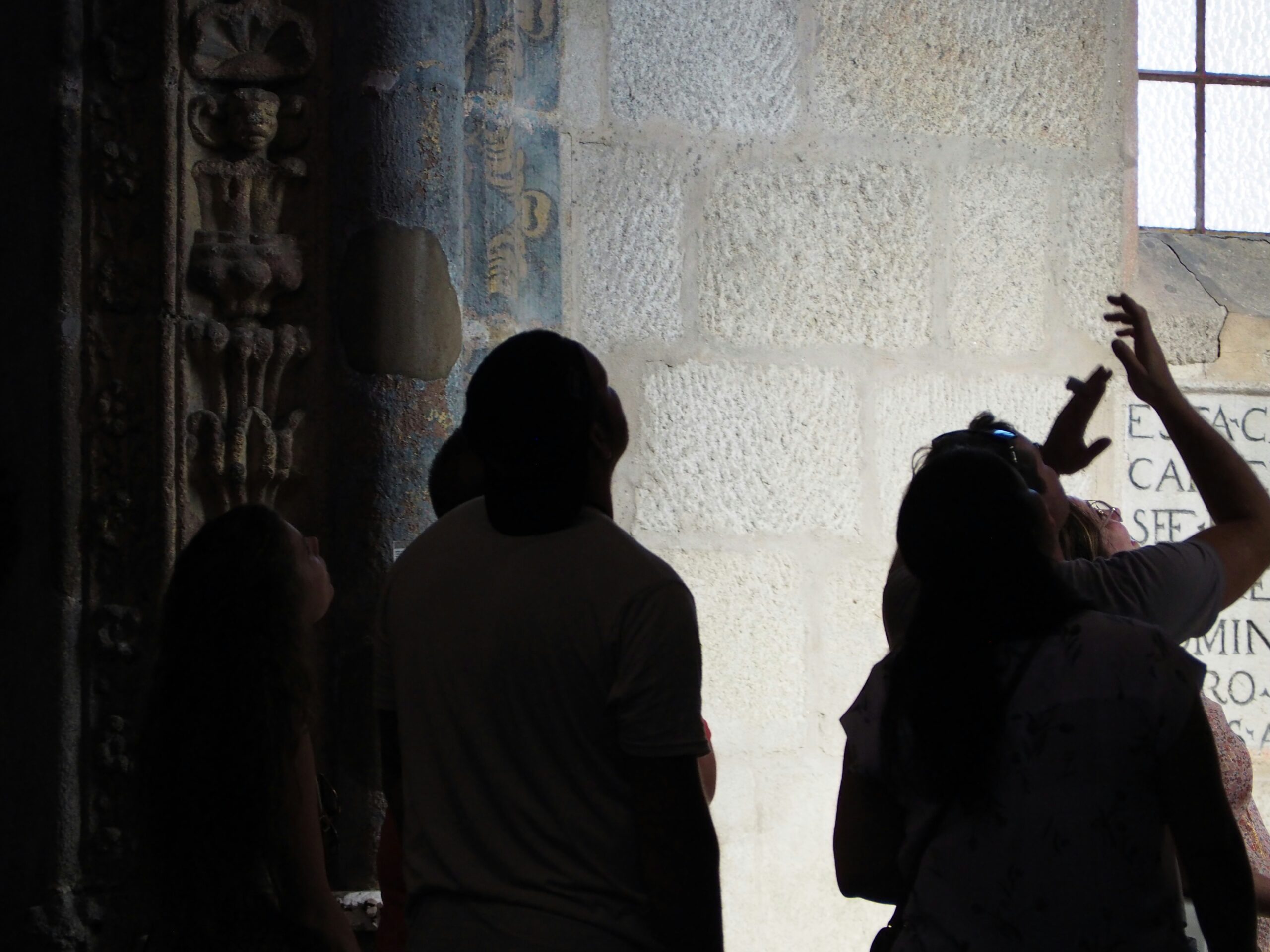We have ALWAYS been this. One example among countless: The Sand Creek Massacre: “An estimated 70 to 600 peaceful Cheyenne and Arapaho – about two-thirds of whom were women, children, and infants – were murdered...
Category - Torture
What We Hath Wrought
RIP Amara Renas and all the other unknown women and men and children. May you haunt our collective memory forever.


















